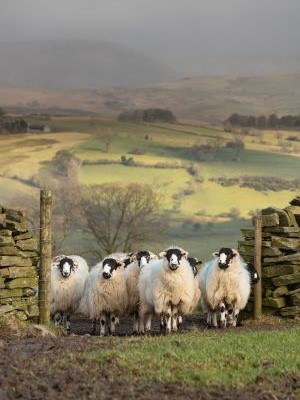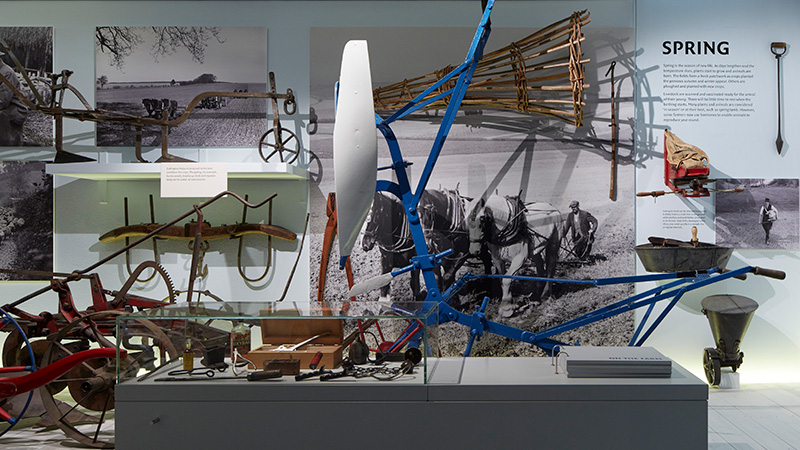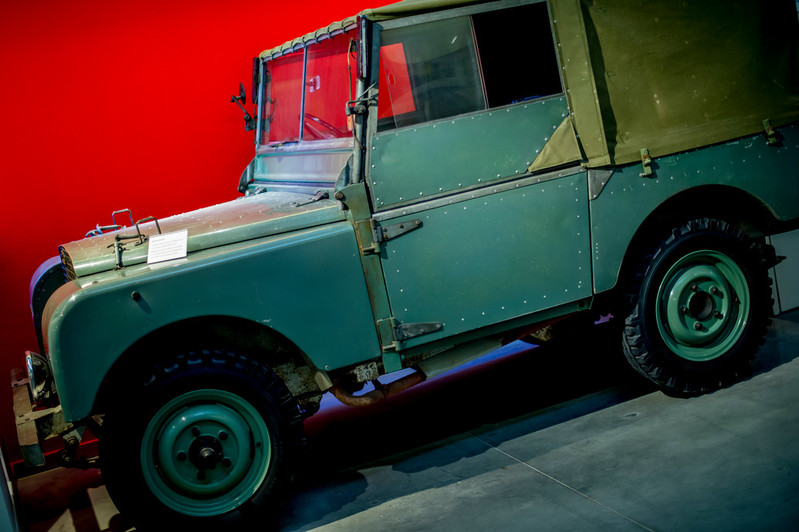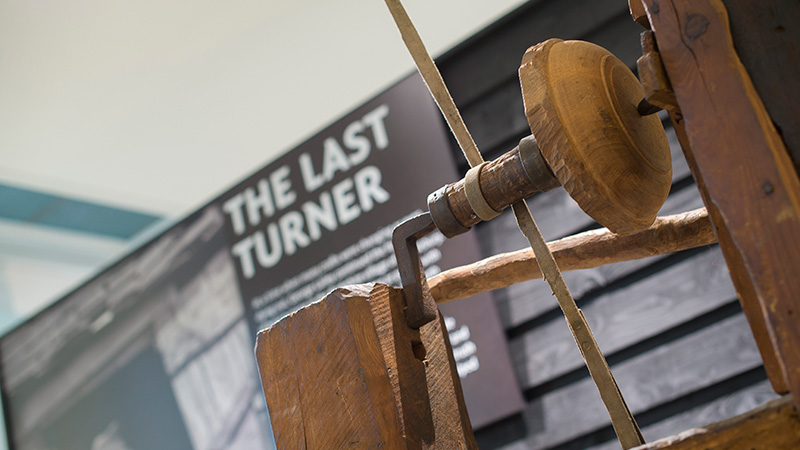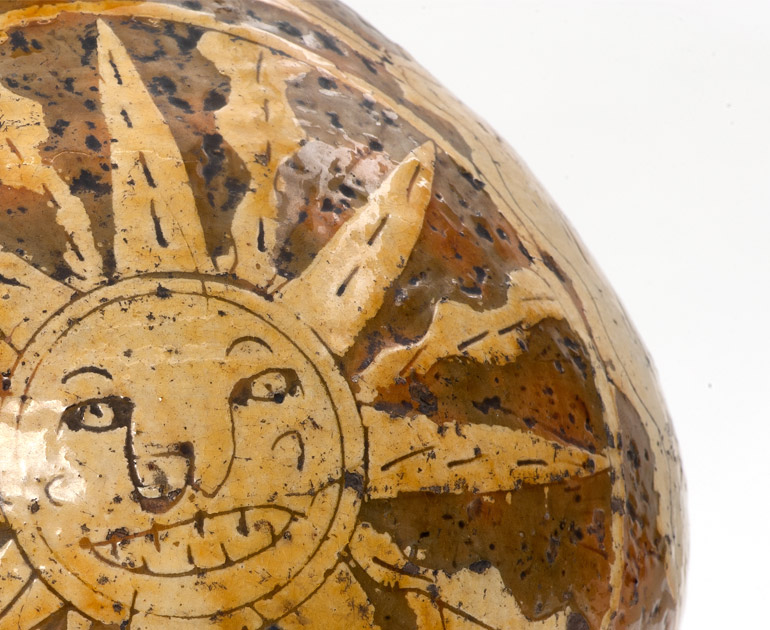
Explore
Start your journey of discovery through the English countryside and explore our collections. Uncover a world of amazing facts, surprising stories, mystery objects and powerful images. Whatever your interest in the countryside, there is something for you in the museum. We plan on adding more and more of it to these pages.
The Discover pages are where you can find carefully selected items from our collection, organised by themes. You can also explore our rich image collections and surprise yourself in the ‘Did You know?’ section.
